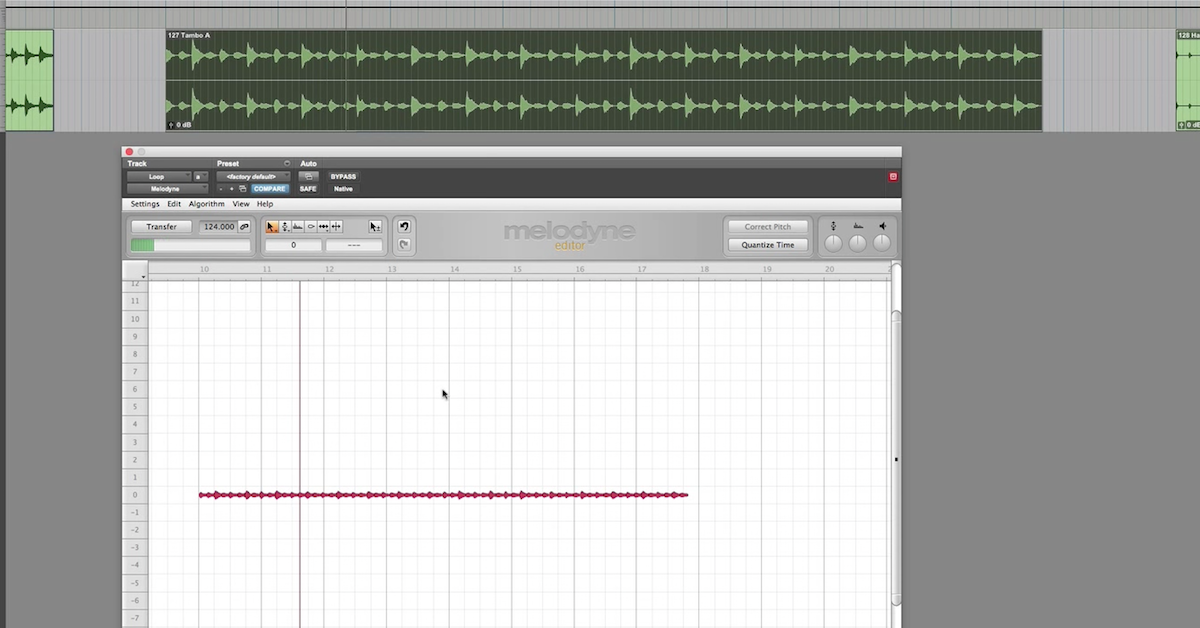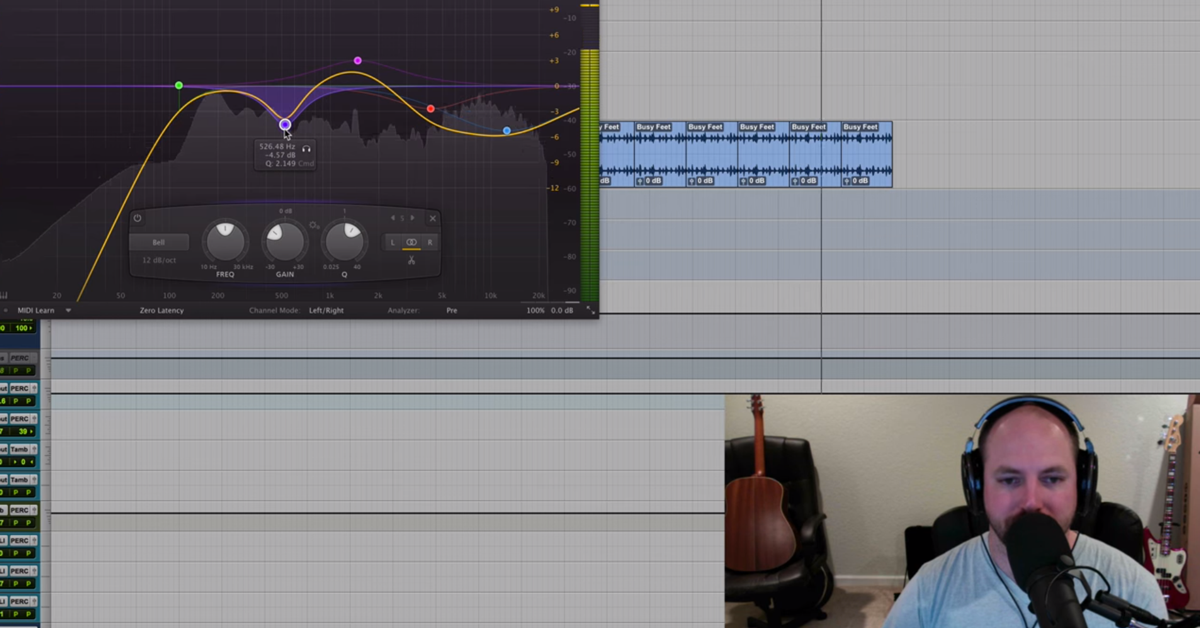How Quantization Affects the Feel of a Drum Groove
Now a lot of times when people sat recording drums they get really analytical about how in time everything is and if every hit is right on the grid. But that’s not always the correct path to go and I think when you’re dealing with a lot of high end drummers you’ll notice that their relationship to the grid may vary because they’re very nuanced and sensitive to where — what we call feel — lays.
And feel really is essentially how far your spacing those notes part from one another or how close to being exactly on the grid you are. For instance even within one tempo if we took something as basic as 120 bpm, there could really be at least three different feels of that tempo within just that one setting because you could either be like really on top of the bit or behind the beat or exactly on the beat. And that’s gonna affect the way that the song is being presented and it is different than just, say, setting the metronome to just a higher or a lower setting.
Now if you have to fix drum tracks, it’s really good to be aware of this, because you’re going to want to move things around that creates a natural feel for the song that you’re working on.
I created a drum loop here that I’m going to play and you’re going to hear what would be a bass drum and loop with some shaker, but this one would be with the drums quantized exactly on the grid. Let’s take a list.
[drum loop + bass drum quantized on the grid]
This next example I put the bass drum a little behind the grid. Meaning it’s just ever so slightly late.
[drum loop + bass drum behind the beat]
And this isn’t out of time, it just slightly shifts the feel to either be bright or a little more laid back.
This version is a little ahead of the beat so it should feel more anticipated, a bit more urgency to it.
[drum loop + bass drum ahead of the beat]
I’ll take the click track out. Let’s listen to the first version again.
[kick drum on the grid]
Second version.
[kick drum behind the beat]
Third version.
[kick drum ahead of the beat]
Let’s look at how much of a difference we’re talking about with the grid. Here’s a good example. We can see that if I’m placing this on the grid which is right there, you see the first example is pretty much just about right on, pretty close to where I’d place it if I was trying to make it really exact.
The part that’s just a little behind the beat, you see we’re talking about like small amounts here, but the small amounts overall for a whole track make a big difference and you see the one that’s a little anticipated, a little before.
A good way to think about this is each of these options kind of evokes a different mood, right? So the one that’s perfectly on the grid is gonna be very even, the one that’s late is gonna feel a little heavier. It’s always gonna be pulling back so feel like it has a lot of weight to it. Now the one that is a little ahead of the beat, that’s got some urgency to it, right? It’s always gonna be kind of pushing forward, like can’t wait for the next beat to happen.
If you think about this in a production, you can use this to your advantage. What is the content of the music? What are the lyrics like? is the song supposed to be really heavy and make you — pull you down with the feeling or is it supposed to be making you just jump and kind of wait — can’t wait to get into the next beat.
If you think about this, you could really use this to your advantage in productions. Music is emotion and these subtle changes can help evoke different emotions from the songs. For instance, you know when it’s perfectly quantized it’s gonna be the most in the middle, but if you have a song that you’re looking to make people feel like it’s pulling back a little bit, and it’s kind of heavy and tugging at you, that would be the one where you quantize it a little bit late. If you want it to be like really ramped up and a little bit hyper, playing or quantizing your things so they’re just a little bit a head of the beat can really help push those emotions through the production.





